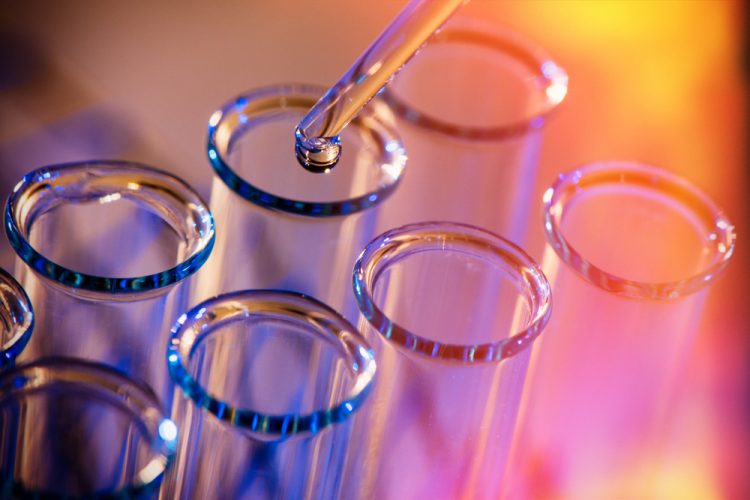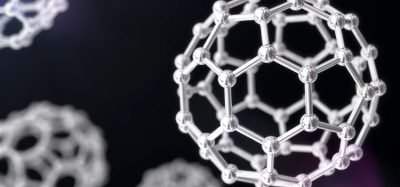Adding vesicles to cell-free gene expression (CFE) systems increases yield
Posted: 26 April 2021 | Hannah Balfour (European Pharmaceutical Review) | No comments yet
Enriching cell-free gene expression system extracts with membrane bound vesicles can significantly increase their ability to produce protein-based products, shows study.


Researchers have demonstrated that adding cell membrane-bound vesicles to cell-free gene expression (CFE) systems can significantly increase production yields of protein-based vaccines. According to the team, by increasing the yield and reducing the cost of their in vitro conjugate vaccine expression (iVAX) manufacturing platform, they could significantly broaden access to lifesaving medicines.
iVAX is a CFE system that repurposes the internal machinery of cells to produce vaccines. Once the cell membranes have been removed, the cellular machinery is placed in a test tube and freeze-dried, making it shelf stable for six months or longer. Adding water reactivates the vaccine biomanufacturing platform, turning it into a catalyst for making usable medicine when and where it is needed. Thus, the platform enables medicines to be made at point of care, eliminating the need for complicated supply chains and extreme refrigeration, potentially making it a powerful tool for remote or low-resource settings.
In a study published in February, the team used iVAX to produce conjugate vaccines to protect against bacterial infections. However, they were only able to make one dose of vaccine in an hour, costing about $5 per dose. The researchers decided this was too expensive and not a high enough yield, so they set the goal of each dose costing $1.
In the new study, published in Nature Communications, the synthetic biologists were able to reach this goal by enriching the cell-free extracts, the molecular machinery repurposed from Escherichia coli used in iVAX, with specifically characterised cellular membrane vesicles. In this study, the team were able to vastly increased yields and produce 40,000 vaccine doses/litre/day, costing about $1 per dose. The team stated that at this rate, a 1,000-litre reactor to generate 40 million doses per day, reaching one billion doses in less than a month.
According to the leader of the study, Michael Jewett, a professor of chemical and biological engineering at Northwestern University’s McCormick School of Engineering and director of Northwestern’s Center for Synthetic Biology, their discovery “will transform how vaccines are made, including for bio-readiness and pandemic response” and also facilitate greater access to lifesaving medicines.
The key to reaching their goal, said the team, was to enrich the cellular machinery with vesicles containing heterologous, membrane-bound machinery, that would typically be discarded in CFE systems. In the study, the team first characterised vesicles and found that the membrane-bound machinery within them could be valuable in making components for protein therapeutics, such as conjugate vaccines. Conjugate vaccines primer the immune system by training it to react to a sugar unit that is unique to a pathogen, to make the vaccine this sugar unit must be attached to a carrier protein. However, this is a difficult and complex process.
In their characterisation step, the team observed that cell membranes contain the machinery that enables the sugar to attach to the proteins more easily. They therefore theorised that enriching their CFE extracts with membrane-bound machinery in the form of vesicles could significantly increased yields of usable vaccine doses. This turned out to be true.
“For a variety of organisms, close to 30 percent of the genome is used to encode membrane proteins,” said study co-author Neha Kamat, who is an assistant professor of biomedical engineering at McCormick and an expert on cell membranes. “Membrane proteins are a really important part of life. By learning how to use membrane proteins effectively, we can really advance cell-free systems.”
Related topics
Biologics, Bioproduction, Drug Manufacturing, Proteins, Research & Development (R&D), Supply Chain, Therapeutics, Vaccine Technology, Vaccines









